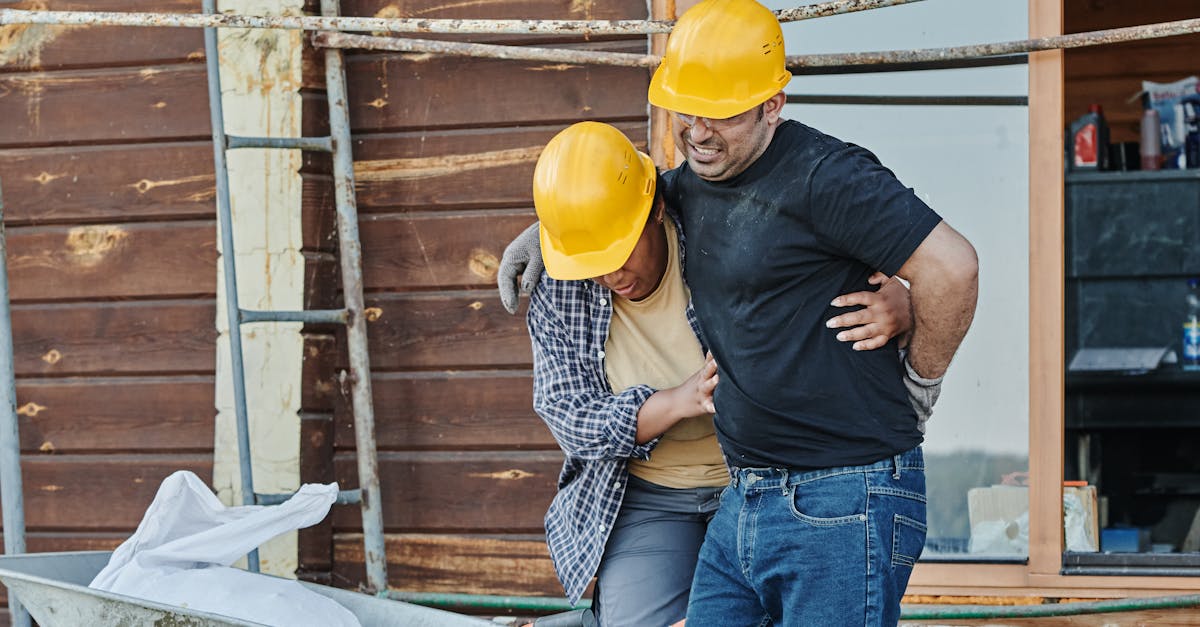 Utilizing humidity sensors and control systems is essential for maintaining ideal indoor conditions in passive houses located in humid climates. These systems enable real-time monitoring of humidity levels, allowing for timely interventions to prevent moisture-related problems. By integrating advanced control mechanisms, passive house components can adapt to varying humidity levels, ensuring long-term sustainability and efficient operation.
Utilizing humidity sensors and control systems is essential for maintaining ideal indoor conditions in passive houses located in humid climates. These systems enable real-time monitoring of humidity levels, allowing for timely interventions to prevent moisture-related problems. By integrating advanced control mechanisms, passive house components can adapt to varying humidity levels, ensuring long-term sustainability and efficient operation.
Addressing Extreme Weather Challenges in Passive House ConstructionHumidity sensors play a crucial role in maintaining optimal moisture levels within passive house components in high humidity environments. These sensors are designed to constantly monitor the humidity levels and trigger control systems to adjust ventilation and air conditioning as needed. By utilizing humidity sensors, passive houses can effectively regulate the indoor climate, preventing excess moisture buildup that can lead to mold growth and structural damage.
Control systems, such as automated ventilation and dehumidification systems, work in conjunction with humidity sensors to ensure that the indoor environment remains comfortable and healthy. These systems can be programmed to respond automatically to changes in humidity levels, providing a proactive approach to climate regulation. By integrating humidity sensors and control systems into the design of passive houses, homeowners can enjoy improved air quality and the longevity of building components in high humidity conditions. FAQSTable Of ContentsRelated Links
Resilient Building Envelope
The construction of a resilient building envelope is crucial in passive house design to ensure energy efficiency and comfort for occupants. By carefully selecting high-performance insulation materials and implementing airtight construction techniques, passive houses can effectively reduce thermal bridging and heat loss. This results in a stable indoor temperature regardless of external weather conditions, enhancing the overall sustainability of the building.
e building. When choosing materials, it is essential to opt for those that have a low embodied energy, are locally sourced, and are recyclable or biodegradable. Materials such as reclaimed timber, recycled steel, natural insulation like sheep's wool, and low-VOC paints can significantly reduce the overall environmental impact of the building.
Another important consideration when selecting materials for passive house construction is their durability and longevity. Investing in high-quality materials that are resistant to weathering and deterioration can extend the lifespan of the building and reduce maintenance costs in the long run. For example, using durable cladding materials like brick, stone, or metal can protect the building from wear and tear, ensuring its performance over the years. Sustainable materials not only contribute to a healthier indoor environment but also play a significant role in reducing the energy consumption and overall carbon footprint of passive houses.
Enhancing Building Durability and Performance
Enhancing building durability and performance is crucial in tackling extreme weather challenges faced by passive house constructions. One key aspect to consider is the use of high-quality sustainable materials in the building process. Opting for materials that are resilient to weather fluctuations, such as insulated concrete forms, structurally insulated panels, or cross-laminated timber, can significantly enhance the longevity and performance of the structure.
Moreover, incorporating effective moisture management strategies is essential for maintaining the building's durability. Utilising moisture-resistant materials, implementing proper ventilation systems, and ensuring adequate insulation can help mitigate the risks of moisture-related damages, such as mould growth and structural deterioration. By prioritising these aspects in the design and construction phase, passive house buildings can achieve superior durability and performance in the face of extreme weather conditions.
FAQS
What is a Passive House construction?
Passive House construction is a building design approach aimed at creating ultra-low energy buildings that require very little energy for heating or cooling.
How does a resilient building envelope help in extreme weather conditions?
A resilient building envelope helps in extreme weather conditions by minimizing heat loss and gain, providing better insulation and protection against external elements.
What are some ways to mitigate heat loss and gain in Passive House construction?
Some ways to mitigate heat loss and gain in Passive House construction include using high-quality insulation, airtight construction, and efficient windows and doors.
How important are water management systems in Passive House construction?
Water management systems are crucial in Passive House construction to prevent water infiltration, moisture-related issues, and to ensure the durability and performance of the building.
How can Passive House construction address flood risks and droughts?
Passive House construction can address flood risks and droughts by incorporating design features such as elevated foundations, proper drainage systems, and rainwater harvesting solutions.